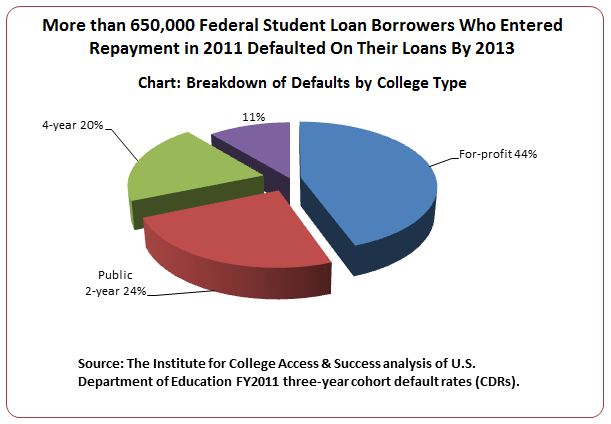-
About Us
What We Do
Our History
CEFC Staff
-
Programs and Initiatives
CEFC Current Focus: Student Loan Debt
Using Evidence-Based Practices
Training, Monitoring & Evaluating
Outcomes & Results
What's Next
CEFC Publications
-
Student Loan Debt Repayment Crisis
Resources
News
-
How We Earn Your Trust
What Sets Us Apart
What Others Say About Us
Success Stories
-
How To Get Involved
Nonprofit Counseling Organizations
Legal Services Organizations
Private and Corporate Foundations, Grantors
-
FAQs
-
Contact CEFC
Outstanding student loan balances reported on credit reports increased to $1.12 trillion as of June 30, 2014, according to the New York Fed Consumer Credit Panel. This represents an increase of $124 billion from one year previous.
The implications of such staggering figures extend across all segments of the economy. According to a mid-2014 analysis from Experian, student loans increased by 84 percent between 2008 and 2014, becoming the second largest debt class behind mortgages.
Forty million American consumers have at least one open student loan. Among these borrowers, the average balance of these loans per consumer was $29,000.
Growing Delinquency and Default
In a 2014 speech given at the University of Maryland-Baltimore County, Deputy Treasury Secretary Sarah Bloom Raskin questioned whether student loan borrowers were getting the information they needed to avoid falling behind in their payments, and why borrowers were unable to enroll in loan modification programs to avoid default. Further illustrating the fact that income-based repayment programs – which are designed to help borrowers avoid default – are underutilized, The Chronicle of Higher Education in June 2014 noted that of the 17.5 million borrowers in repayment, only 2.2 million are enrolled in income-based repayment plans.
According to a 2013 report on student loan repayment released by the Consumer Financial Protection Bureau:
- Twenty-two percent of federal student loans were in default or delayed default (forbearance).
- Many of the defaulted loans could have been avoided if borrowers had known about their options and been able to easily enroll.
More recent studies by the U.S. Department of Education have provided additional insights:
- As of June 30, 2014, 51 percent of student loan borrowers (excluding loans in grace or in-school status) were not repaying loans on time, as expected.
- More than half of Direct Loans, the most common type of federal student loan, were not being repaid on time or as expected. (Source: U.S. Department of Education.)
Quick Facts About Student Loan Debt Default
For more information about the Student Loan Debt Repayment Crisis can be found via the Quick Facts About Student Loan Debt Default.
Also see CEFC’s White Paper on "Improving Outcomes for Student Loan Borrowers By Providing More Effective Counseling: Recommendations Derived from Demonstration Project by Center for Excellence in Financial Counseling."
